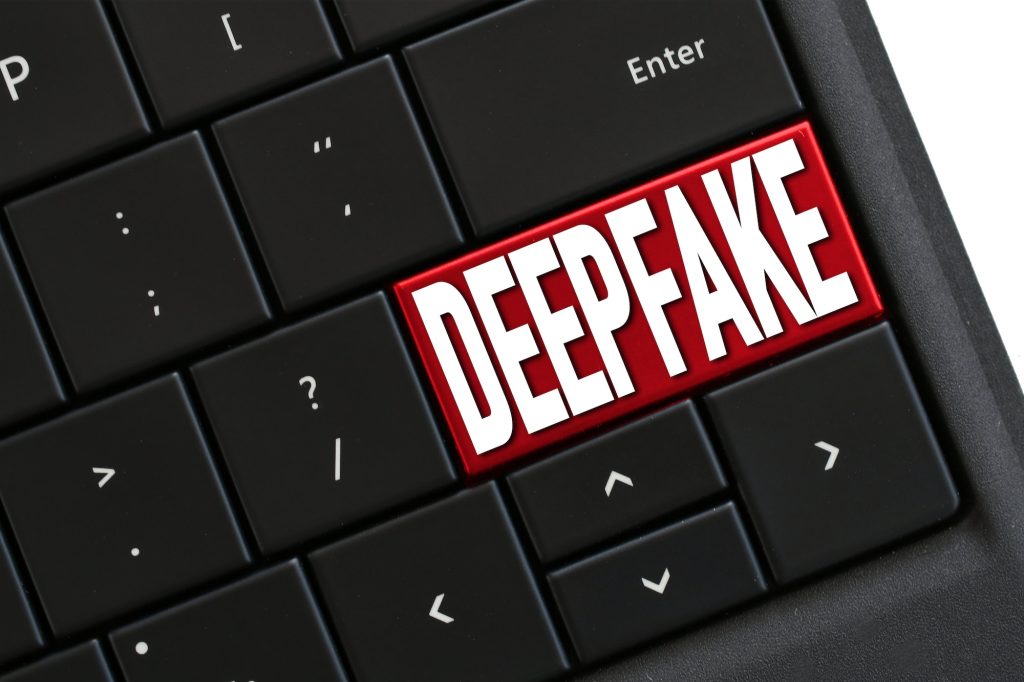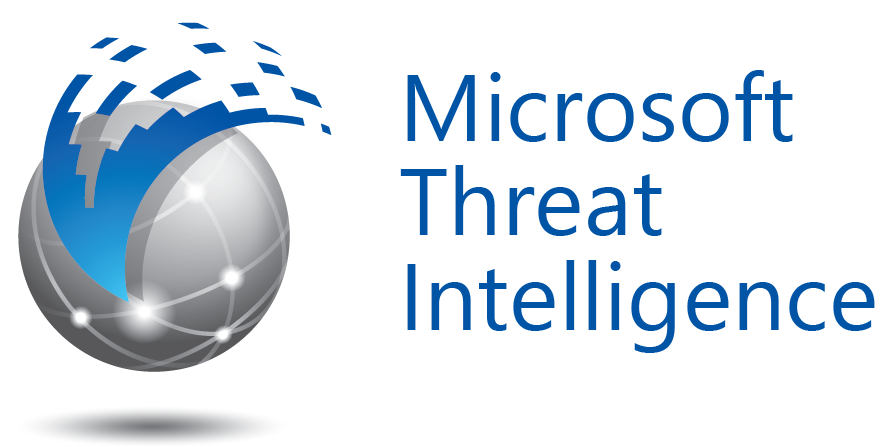AI reshapes work and learning
The rapid advancement of AI is bringing to light a range of emerging phenomena within contemporary human societies.
The integration of AI-driven tools into a broad spectrum of professional tasks has proven beneficial in many respects, particularly in terms of alleviating the cognitive and physical burdens traditionally placed on human labour.
By automating routine processes and enhancing decision-making capabilities, AI has the potential to significantly improve efficiency and productivity across various sectors.
In response to these accelerating technological changes, a growing number of nations are prioritising the integration of AI technologies into their education systems to ensure students are prepared for future societal and workforce transformations.
China advances AI education for youth
China has released two landmark policy documents aimed at integrating AI education systematically into the national curriculum for primary and secondary schools.
The initiative not only reflects the country’s long-term strategic vision for educational transformation but also seeks to position China at the forefront of global AI literacy and talent development.

The two guidelines, formally titled the Guidelines for AI General Education in Primary and Secondary Schools and the Guidelines for the Use of Generative AI in Primary and Secondary Schools, represent a scientific and systemic approach to cultivating AI competencies among school-aged children.
Their release marks a milestone in the development of a tiered, progressive AI education system, with carefully delineated age-appropriate objectives and ethical safeguards for both students and educators.
The USA expands AI learning in schools
In April, the US government outlined a structured national policy to integrate AI literacy into every stage of the education system.
By creating a dedicated federal task force, the administration intends to coordinate efforts across departments to promote early and equitable access to AI education.
Instead of isolating AI instruction within specialised fields, the initiative seeks to embed AI concepts across all learning pathways—from primary education to lifelong learning.
The plan includes the creation of a nationwide AI challenge to inspire innovation among students and educators, showcasing how AI can address real-world problems.
The policy also prioritises training teachers to understand and use AI tools, instead of relying solely on traditional teaching methods. It supports professional development so educators can incorporate AI into their lessons and reduce administrative burdens.
The strategy encourages public-private partnerships, using industry expertise and existing federal resources to make AI teaching materials widely accessible.
European Commission supports safe AI use
As AI becomes more common in classrooms around the globe, educators must understand not only how to use it effectively but also how to apply it ethically.
Rather than introducing AI tools without guidance or reflection, the European Commission has provided ethical guidelines to help teachers use AI and data responsibly in education.

Published in 2022 and developed with input from educators and AI experts, the EU guidelines are intended primarily for primary and secondary teachers who have little or no prior experience with AI.
Instead of focusing on technical complexity, the guidelines aim to raise awareness about how AI can support teaching and learning, highlight the risks involved, and promote ethical decision-making.
The guidelines explain how AI can be used in schools, encourage safe and informed use by both teachers and students, and help educators consider the ethical foundations of any digital tools they adopt.
Rather than relying on unexamined technology, they support thoughtful implementation by offering practical questions and advice for adapting AI to various educational goals.
AI tools may undermine human thinking
However, technological augmentation is not without drawbacks. Concerns have been raised regarding the potential for job displacement, increased dependency on digital systems, and the gradual erosion of certain human skills.
As such, while AI offers promising opportunities for enhancing the modern workplace, it simultaneously introduces complex challenges that must be critically examined and responsibly addressed.
One significant challenge that must be addressed in the context of increasing reliance on AI is the phenomenon known as cognitive offloading. But what exactly does this term entail?
What happens when we offload thinking?
Cognitive offloading refers to the practice of using physical actions or external tools to modify the information processing demands of a task, with the aim of reducing the cognitive load on an individual.
In essence, it involves transferring certain mental functions—such as memory, calculation, or decision-making—to outside resources like digital devices, written notes, or structured frameworks.

While this strategy can enhance efficiency and performance, it also raises concerns about long-term cognitive development, dependency on technological aids, and the potential degradation of innate mental capacities.
How AI may be weakening critical thinking
A study, led by Dr Michael Gerlich, Head of the Centre for Strategic Corporate Foresight and Sustainability at SBS Swiss Business School, published in the journal Societies raises serious concerns about the cognitive consequences of AI augmentation in various aspects of life.
The study suggests that frequent use of AI tools may be weakening individuals’ capacity for critical thinking, a skill considered fundamental to independent reasoning, problem-solving, and informed decision-making.
More specifically, Dr Gerlich adopted a mixed-methods approach, combining quantitative survey data from 666 participants with qualitative interviews involving 50 individuals.
Participants were drawn from diverse age groups and educational backgrounds and were assessed on their frequency of AI tool use, their tendency to offload cognitive tasks, and their critical thinking performance.
The study employed both self-reported and performance-based measures of critical thinking, alongside statistical analyses and machine learning models, such as random forest regression, to identify key factors influencing cognitive performance.
Younger users, who rely more on AI, think less critically
The findings revealed a strong negative correlation between frequent AI use and critical thinking abilities. Individuals who reported heavy reliance on AI tools—whether for quick answers, summarised explanations, or algorithmic recommendations—scored lower on assessments of critical thinking.
The effect was particularly pronounced among younger users aged 17 to 25, who reported the highest levels of cognitive offloading and showed the weakest performance in critical thinking tasks.
In contrast, older participants (aged 46 and above) demonstrated stronger critical thinking skills and were less inclined to delegate mental effort to AI.
Higher education strengthens critical thinking
The data also indicated that educational attainment served as a protective factor: those with higher education levels consistently exhibited more robust critical thinking abilities, regardless of their AI usage levels.
These findings suggest that formal education may equip individuals with better tools for critically engaging with digital information rather than uncritically accepting AI-generated responses.
Now, we must understand that while the study does not establish direct causation, the strength of the correlations and the consistency across quantitative and qualitative data suggest that AI usage may indeed be contributing to a gradual decline in cognitive independence.
However, in his study, Gerlich also notes the possibility of reverse causality—individuals with weaker critical thinking skills may be more inclined to rely on AI tools in the first place.
Offloading also reduces information retention
While cognitive offloading can enhance immediate task performance, it often comes at the cost of reduced long-term memory retention, as other studies show.
The trade-off has been most prominently illustrated in experimental tasks such as the Pattern Copy Task, where participants tasked with reproducing a pattern typically choose to repeatedly refer to the original rather than commit it to memory.
Even when such behaviours introduce additional time or effort (e.g., physically moving between stations), the majority of participants opt to offload, suggesting a strong preference for minimising cognitive strain.
These findings underscore the human tendency to prioritise efficiency over internalisation, especially under conditions of high cognitive demand.
The tendency to offload raises crucial questions about the cognitive and educational consequences of extended reliance on external aids. On the one hand, offloading can free up mental resources, allowing individuals to focus on higher-order problem-solving or multitasking.
On the other hand, it may foster a kind of cognitive dependency, weakening internal memory traces and diminishing opportunities for deep engagement with information.
Within the framework, cognitive offloading is not a failure of memory or attention but a reconfiguration of cognitive architecture—a process that may be adaptive rather than detrimental.
However, the perspective remains controversial, especially in light of findings that frequent offloading can impair retention, transfer of learning, and critical thinking, as Gerlich’s study argues.
If students, for example, continually rely on digital devices to recall facts or solve problems, they may fail to develop the robust mental models necessary for flexible reasoning and conceptual understanding.
The mind may extend beyond the brain
The tension has also sparked debate among cognitive scientists and philosophers, particularly in light of the extended mind hypothesis.
Contrary to the traditional view that cognition is confined to the brain, the extended mind theory argues that cognitive processes often rely on, and are distributed across, tools, environments, and social structures.

As digital technologies become increasingly embedded in daily life, this hypothesis raises profound questions about human identity, cognition, and agency.
At the core of the extended mind thesis lies a deceptively simple question: Where does the mind stop, and the rest of the world begin?
Drawing an analogy to prosthetics—external objects that functionally become part of the body—Clark and Chalmers argue that cognitive tools such as notebooks, smartphones, and sketchpads can become integrated components of our mental system.
These tools do not merely support cognition; they constitute it when used in a seamless, functionally integrated manner. This conceptual shift has redefined thinking not as a brain-bound process but as a dynamic interaction between mind, body, and world.
Balancing AI and human intelligence
In conclusion, cognitive offloading represents a powerful mechanism of modern cognition, one that allows individuals to adapt to complex environments by distributing mental load.
However, its long-term effects on memory, learning, and problem-solving remain a subject of active investigation. Rather than treating offloading as inherently beneficial or harmful, future research and practice should seek to balance its use, leveraging its strengths while mitigating its costs.

Ultimately, we -as educators, policymakers, and technologists- have to shape the future of learning, work and confront a central tension: how to harness the benefits of AI without compromising the very faculties—critical thought, memory, and independent judgment—that define human intelligence.
Would you like to learn more about AI, tech and digital diplomacy? If so, ask our Diplo chatbot!































